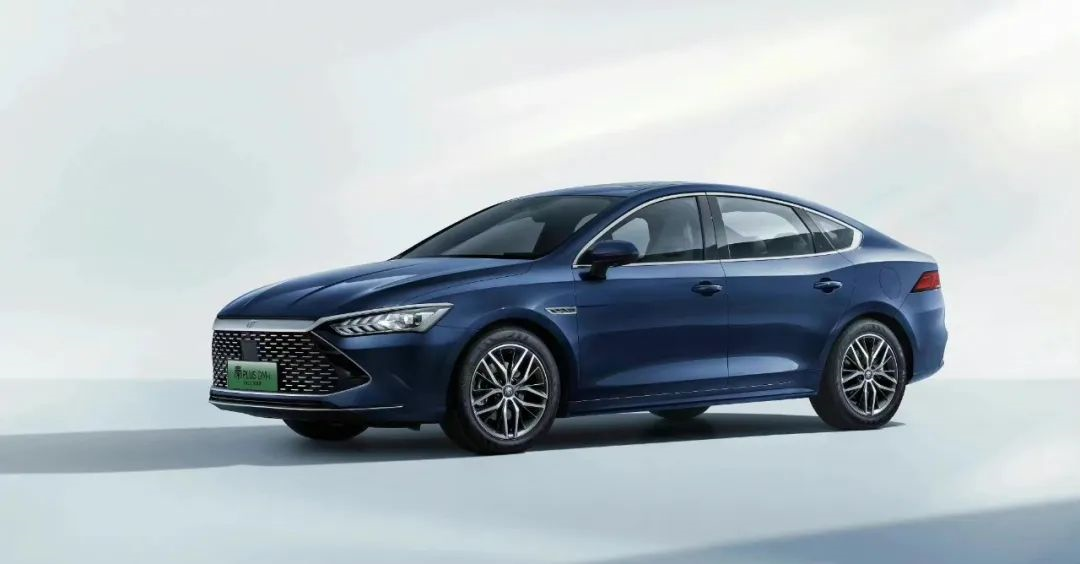Writing: Wu Jingtao
After dominating the new energy vehicle market, how can traditional joint venture brands afford to miss out?
Although BYD has not officially announced its sales target for this year, there are two main directions that are certain. The first is to defend its position as the year’s best-selling brand, and the second is to strive for impressive sales growth.
To achieve these two major objectives, BYD has been constantly taking action this year, particularly in February, shortly after the Spring Festival holiday. In less than half a month, BYD staged a splendid performance of “beating up an elderly care home in Nanshan with fists and kicking a kindergarten in Beihai with feet.”
First of all, on February 1st, BYD chose to release its monthly sales figures in advance, “to compete with new energy brands on the same day, and give some challenge to these “new energy kids.”
Then on February 10th, BYD dropped a bombshell by launching the 2023 Qin PLUS DM-i model, directly lowering the entry-level version’s price to below 100,000 yuan ($15,500), even claiming to “subvert fuels”, which triggered a strong shock in the car market and the media circle.
Why did a 99,800-yuan ($15,441) DM-i model create such a big impact? Who will be happy, and who will be worried? Today’s article will sort out this hot event.
Accurate Strategy
“Accurate strategy” is often a deadly skill many companies have used to achieve fruitful results in the business world, especially in the electronics and automotive markets. As China’s No.1 automaker in terms of sales volume, BYD masters this “craft”.
However, unlike other brands that use “accurate strategies” to make consumers pay more money and buy higher-end and more expensive models, BYD’s “accurate strategy” for Qin PLUS DM-i is to attract attention to the entry-level version priced at 99,800 yuan ($15,441).Compared to joint venture brands that have introduced an almost unpreserved and poorly equipped “super beggar version” to lower the starting price of their vehicle series, BYD’s Qin PLUS DM-i 55km Leading Edition, the lowest entry-level configuration, is actually intended for production and sale! Firstly, in terms of production capacity, according to terminal market analysts, “BYD has promised to fully supply the entry-level version of the Qin PLUS DM-i with a starting price of 99,800 yuan, which greatly stabilizes sales confidence in the terminal market.” This indicates that BYD not only uses “99,800 yuan” as a promotional gimmick, but also intends to use this price as a “promoter” to boost vehicle sales. Secondly, regarding its configuration, “super beggar versions” specifically designed to lower the starting price in joint venture brands, often have such low configuration levels that can directly discourage most consumers. However, after carefully reviewing the configuration for the 2023 Qin PLUS DM-i, the entry-level model features a real cost-effective option. Firstly, in terms of power configuration, the Qin PLUS DM-i divides its electric range into 55km and 120km versions, with a total of 5 models. Including the entry-level version, the two versions of the model, except for a 10 kWh difference in battery capacity and a 13 kW difference in motor power, have the same power configurations. For less than 100,000 yuan, one can buy an A-level sedan that has electric driving experience, a fuel consumption of 3.8L, a 0-100km/h acceleration of 7.9 seconds, and a total driving range of 1245km. It is a full performance leader in terms of power experience and fuel economy among traditional brand fuel vehicles of the same class.The entry-level model of Qin PLUS DM-i, which costs 99,800 yuan and has a range of 55km, does not have any “neutering treatment” in its power configuration, and is completely identical to the 55km Surpass model, which costs 115,800 yuan.
Next is the passive safety and auxiliary configuration. In the past, many brand’s “entry-level models” had their passive safety configurations and auxiliary functions reduced. The phenomenon of having only two airbags, reduced parking radar, and rearview camera is common.
However, this entry-level Qin PLUS DM-i still comes standard with passively detecting tire pressure, 6 airbags, rear radar, rearview camera, electronic handbrake, automatic parking and other configurations. Even for this entry-level model that costs less than 100,000 yuan, there is no compromise on safety.
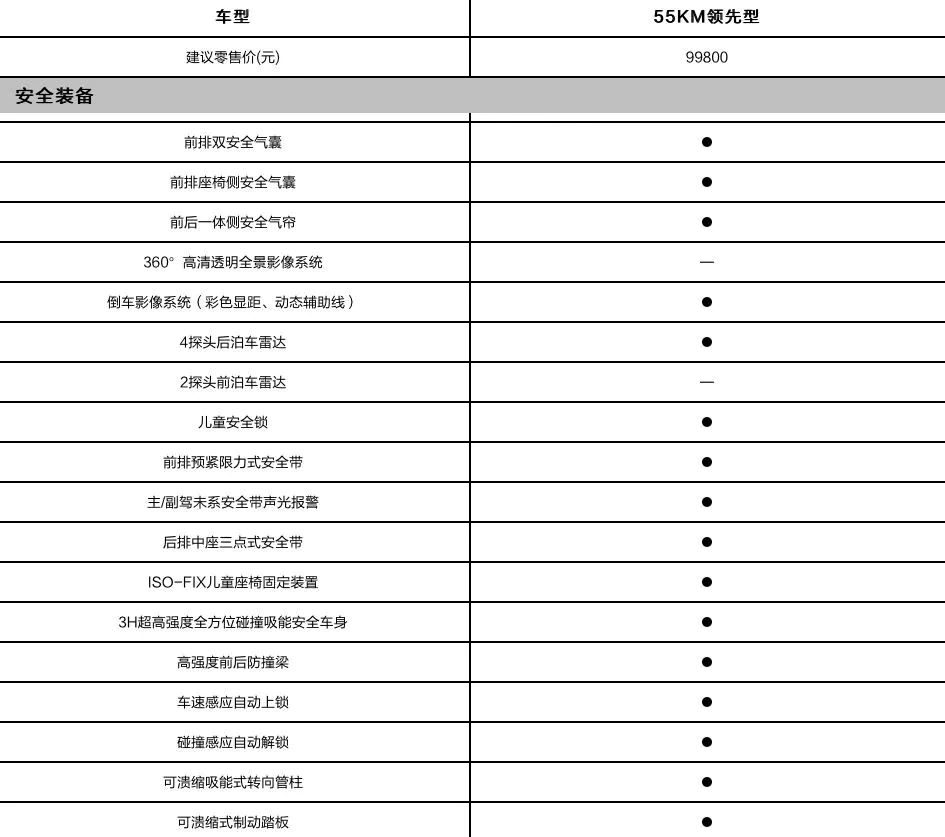
In terms of comfort configuration, this entry-level model is also equipped with keyless entry, push-button start, automatic headlights, leather steering wheel, 8.8-inch LCD instrument panel, 10.1-inch central control screen, remote start, automatic air conditioning, and rear air outlet.
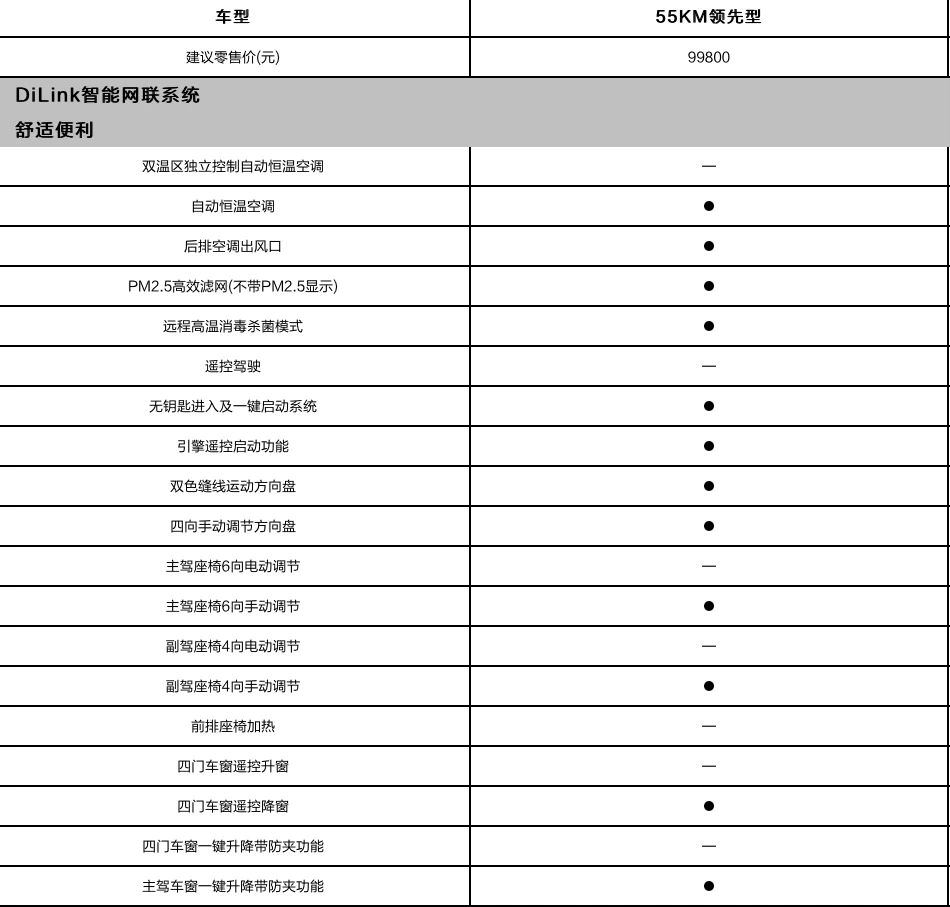
The configuration level of the Qin PLUS DM-i entry-level version is significantly superior to that of similar models from joint venture brands with higher starting prices.
But you can’t have your cake and eat it too, as the entry-level version of the entire series, the 55km Leading model, must make trade-offs in terms of configuration when its price is lower.
In this regard, BYD’s “precision knife work” just provides a “bottom line” for this entry-level model’s good cost-effectiveness.
Compared with the 55km Surpass model, which is priced at 115,800 yuan, the entry-level 55km Leading version priced at less than 100,000 yuan mainly reduces several auxiliary/comfort configurations, such as 360-degree camera, sunroof, main driver’s electric adjustment, remote-controlled car movement, wireless charging panel, and center armrest for the rear seats.

In objective terms, without the impact of these few comfort configurations, everyone can evaluate them according to their actual car usage needs.
However, in terms of the entry-level configuration that comes with the standard equipment, it can be seen that BYD’s strategy is to prioritize the retention of configurations that are frequently used in daily car usage and have a greater impact on the car experience, and to discard advanced configurations, in order to achieve a balance between sales price and user experience.
Therefore, I personally believe that the entry-level configuration of BYD cars, with the support of BYD’s “accurate knife skills,” has a very high price-performance ratio. This is also the “foundation of product power” that caused a sensation in the market and online public opinion as soon as the price was announced.
From the feedback of the terminal market that 60% of customers come to the store explicitly to see the entry-level model priced at 99,800 RMB, BYD’s pricing strategy has achieved preliminary success.
Sales Volume “Subverting Fuel”
Regarding BYD’s sales target for 2023, there are many rumors and predictions about “roadside messages” on the Internet, such as 3 million or 4 million vehicles.
According to the prediction of the expert team of China Passenger Car Association (CPCA), the sales volume of new energy passenger cars in 2023 will be 8.5 million, with a synchronous growth of about 23.4%.
Therefore, regardless of whether BYD’s sales target for 2023 is 3 million or 4 million vehicles, its sales growth rate will far exceed the overall growth of the new energy market.

Since the stock market of the new energy market is not enough to meet BYD’s development needs, if BYD wants to achieve its annual target, it must actively explore incremental markets.
So, where is this incremental market for BYD?
In fact, the answer is right in front of us. For BYD, as a new energy brand, if we exclude the new energy stock market it is in, this incremental market is already very clear, that is- the traditional fuel car market.
Therefore, when the Qin PLUS DM-i was launched by BYD in 2023, it shouted the slogan “subverting fuel with the same price”, with a clear target and action. In a sense, the launch of the Qin PLUS DM-i sounded the horn for BYD to fight against traditional fuel car brands.BYD’s “first shot” in this battle is the Qin PLUS DM-i, priced at 99,800 yuan.
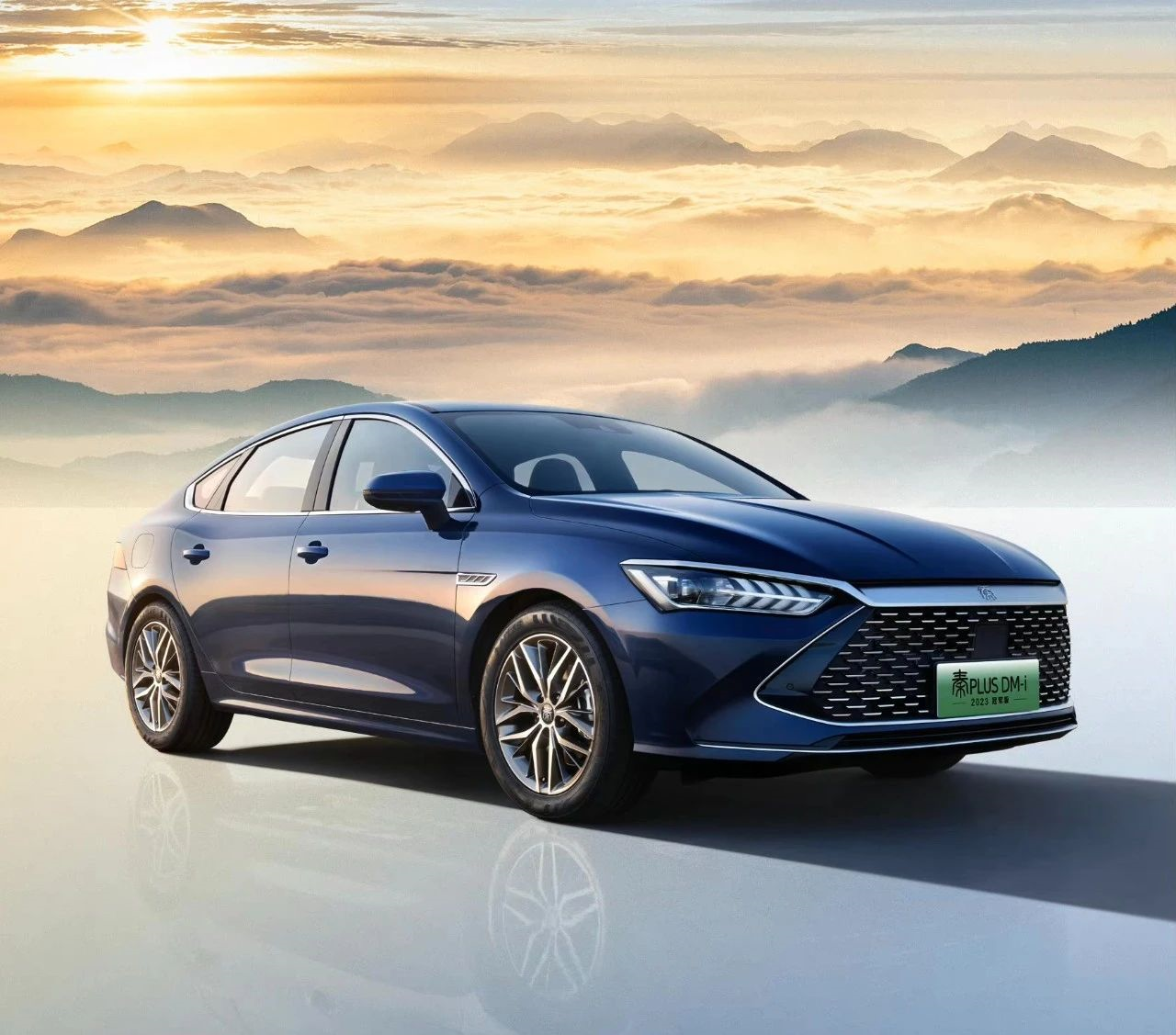
Who will this shot hit? We can refer to feedback from the terminal market.
According to data from terminal market analysts, “Among 10 customers who have visited and inquired about the Qin PLUS DM-i, 4 compared it with the Corolla and Linghang, 3 with the Trumpon and 3 with the Xuan Yi.” Apart from comparing with BYD’s own products, 70% of consumers compared it with Corolla, Linghang, and Xuan Yi, three Japanese brand A-class family cars.
After the target is clear and the “first shot” is fired, it is now necessary to assess the “striking effect”.
On February 15th, BYD officially announced that the 2023 Qin PLUS DM-i had sold 25,363 units in just 5 days since its launch.

If we take the passenger car sales data for January published by the China Passenger Car Association as a reference, the sales volume of the three target models last month were: 23,507 units for the Nissan Xuan Yi, 12,509 units for the FAW Toyota Corolla, and 9,619 units for the GAC Toyota Linghang.
In other words, the sales of the new BYD Qin PLUS DM-i in just five days after its launch have surpassed the monthly sales volume of the Xuan Yi in January, and even more so the sales volume of the Corolla and Linghang combined in January. Such sales performance puts significant “pressure” on rival fuel cars in the same class.
Product Power Overwhelming Advantage
Sales require product power as support. The overwhelming sales momentum of the BYD Qin PLUS DM-i must be due to its overwhelming product power advantage.
Compared with these Japanese brand fuel A-class family cars, the product advantages of the Qin PLUS DM-i can be mainly divided into two parts.
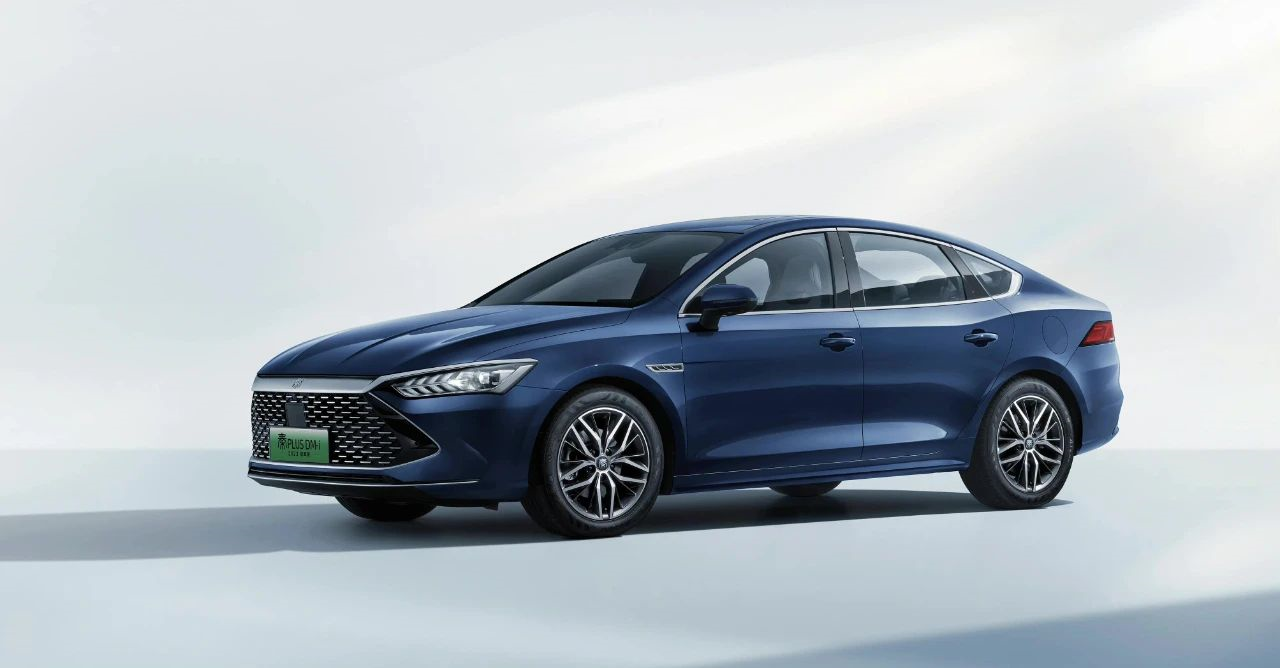
The first advantage lies in policy: based on our social reality, license plate policies and tax policies are still important considerations for most consumers when buying a car.
Although the state’s subsidies for the purchase of new energy vehicles have completely exited this year, policy incentives such as exemption from purchase tax and preferential license plate policies in first and second tier cities still exist.
Especially for the target consumer group of 100,000-150,000 RMB vehicles, which are more sensitive to price, the purchase tax cost of 7,000-10,000 RMB is relatively prominent in the cost of purchasing a car.
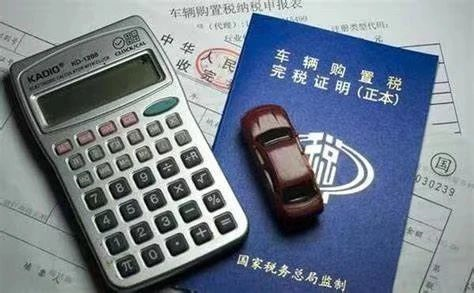
Therefore, under the current policy tilt, Qin PLUS DM-i, which is exempt from purchase tax, will naturally attract more attention from the target consumer group, and receive special advantages beyond the product itself.
The second advantage is product power. The advantages on the configuration level have been analyzed in detail above. The Qin PLUS DM-i has great cost performance advantages for an entry-level version priced at 99,800 RMB through BYD’s “precision cutting”.
In terms of power, BYD’s DM-i power system has overwhelming advantages compared to the pure fuel or HEV models of the three major Japanese competitors, both in terms of data and actual experience. This has been tested by many consumers over a long period of time.
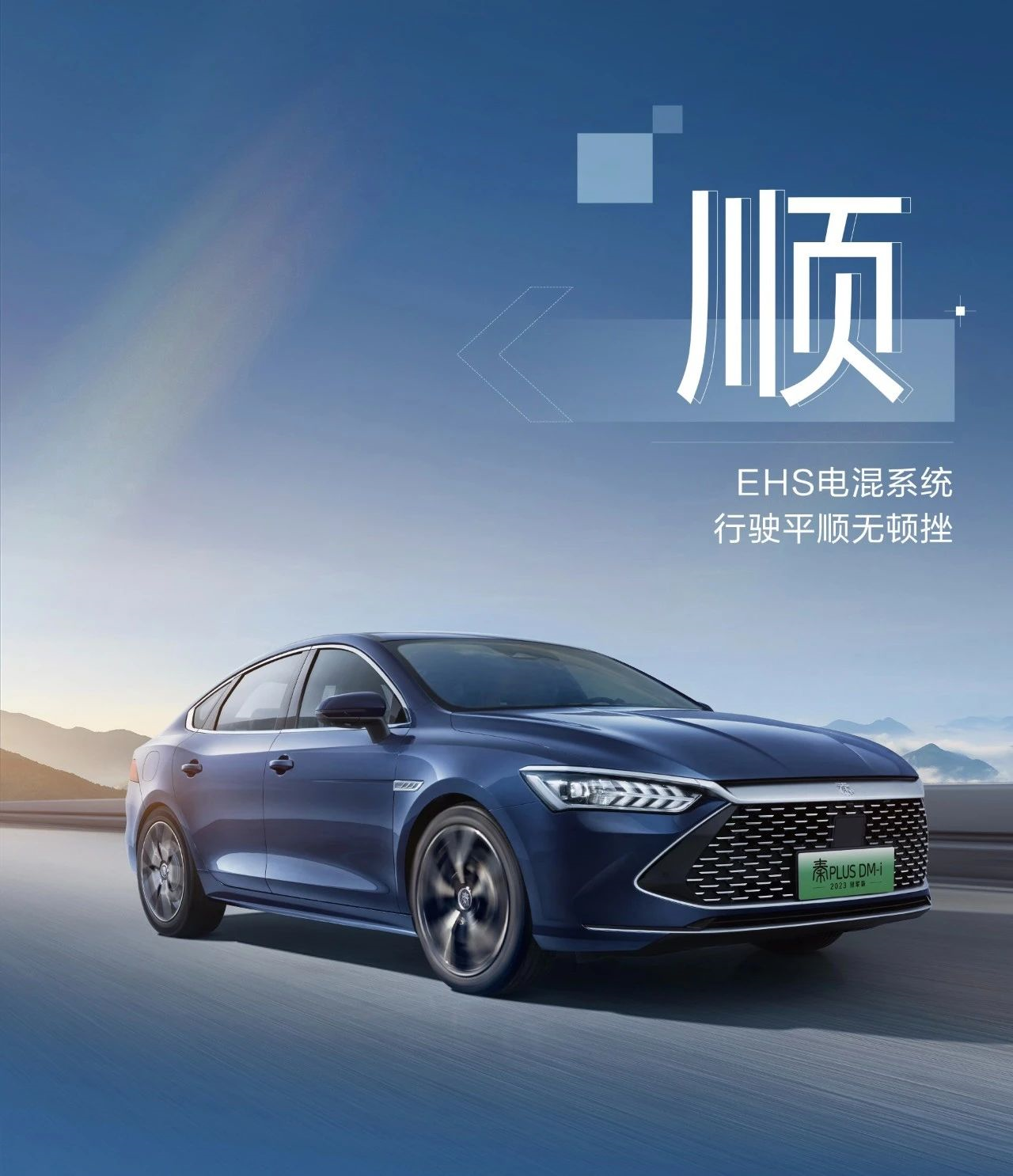
Even in the biggest shortcoming of PHEV models – the power and fuel efficiency under the electric state, BYD’s DM-i power system still has significant advantages over pure fuel models in terms of power response and fuel consumption performance.
Under the pressure of a “pentagonal fighter” like Qin PLUS DM-i, traditional car companies that compete in the A-class sedan market may only become one of the puzzles for BYD to expand its incremental market, and give up its original “basic market” share.## A Combination of Punches
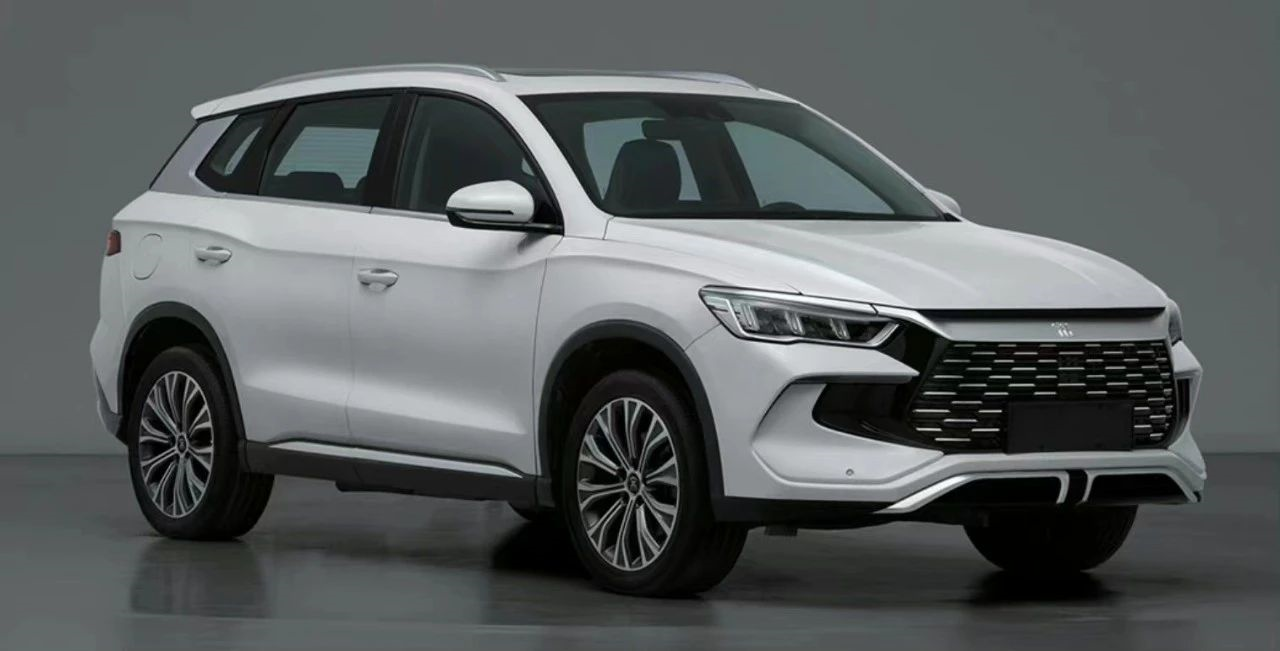
For BYD, the impressive performance of Qin PLUS DM-i in sales only represents its successful development of incremental market in the A-class household car market. However, this is far from enough to fill the gap in incremental market and achieve the sales growth target for this year.
Therefore, it is foreseeable that in the future, BYD, which has tasted the sweetness of success, may continue to use this tactic on the entry-level versions of other car models, taking advantage of its product strength and cost advantage to aggressively eat into the market of pure fuel vehicles.
On February 13th, MIIT had already released the declaration data of the new model of Song Pro DM-i. It remains to be seen whether this new car will also launch an entry-level version with super high cost-effectiveness. We will soon find out.
This article is a translation by ChatGPT of a Chinese report from 42HOW. If you have any questions about it, please email bd@42how.com.
